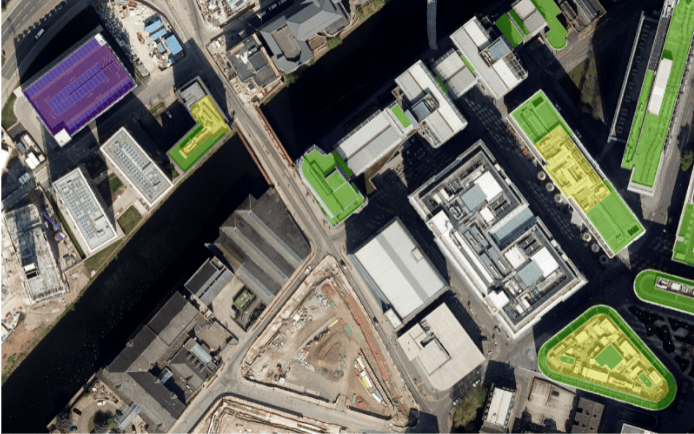Tool to assess air pollution removal benefits from woodland

Problem Addressed
There is a growing sense of urgency regarding the environmental health problems associated with air pollution in the UK. As well as efforts to reduce emissions, responses increasingly recognise the capacity of the natural environment to remove pollutants from the air. This tool helps users to better recognise the benefits that the natural environment has for removing air pollutants and improving health outcomes in the UK. The outputs of this tool can help ensure the value of woodlands is incorporated into planning and decision-making.
Case Study
Environmental Land Management Scheme Test Pilot for Defra
This was a government test and trial project to demonstrate how natural capital accounting can be used to put the ‘public money for public goods’ principle of the ELM scheme into practice. For estates within the project area, natural capital baseline accounts were developed which valued the benefits of several ecosystem services produced by habitats within the project area. Air pollution removal services provided by woodlands, estimated using the air pollution removal tool, was one of the services valued and included in the accounts produced. Air pollution removal values, in combination with the other benefits valued, helped to better inform land management planners about the value of habitats and lands on the project site.
The tool is also referenced in Defra’s Enabling a Natural Capital Approach (ENCA) guide.
This page presents data, evidence, and solutions that are provided by our partners and members and should therefore not be attributed to UKGBC. While we showcase these solutions for inspiration, to build consensus, and create momentum for climate action, UKGBC does not offer commercial endorsement of individual solutions. If you would like to quote something from this page, or more information, please contact our Communications team at media@ukgbc.org.
Related
Bricks providing nesting site for solitary bees

Microclimate modelling solution

Green roofs for people and nature

Green Roof Retrofit and Biodiversity Monitoring

